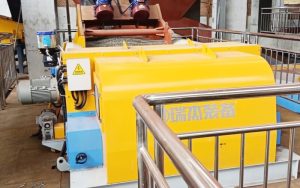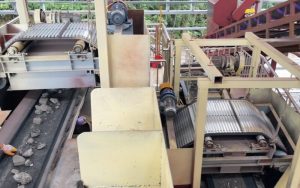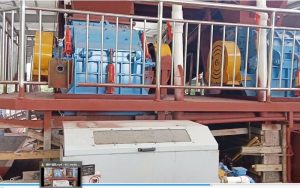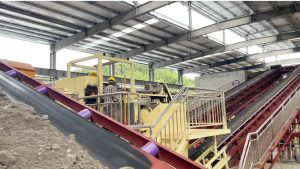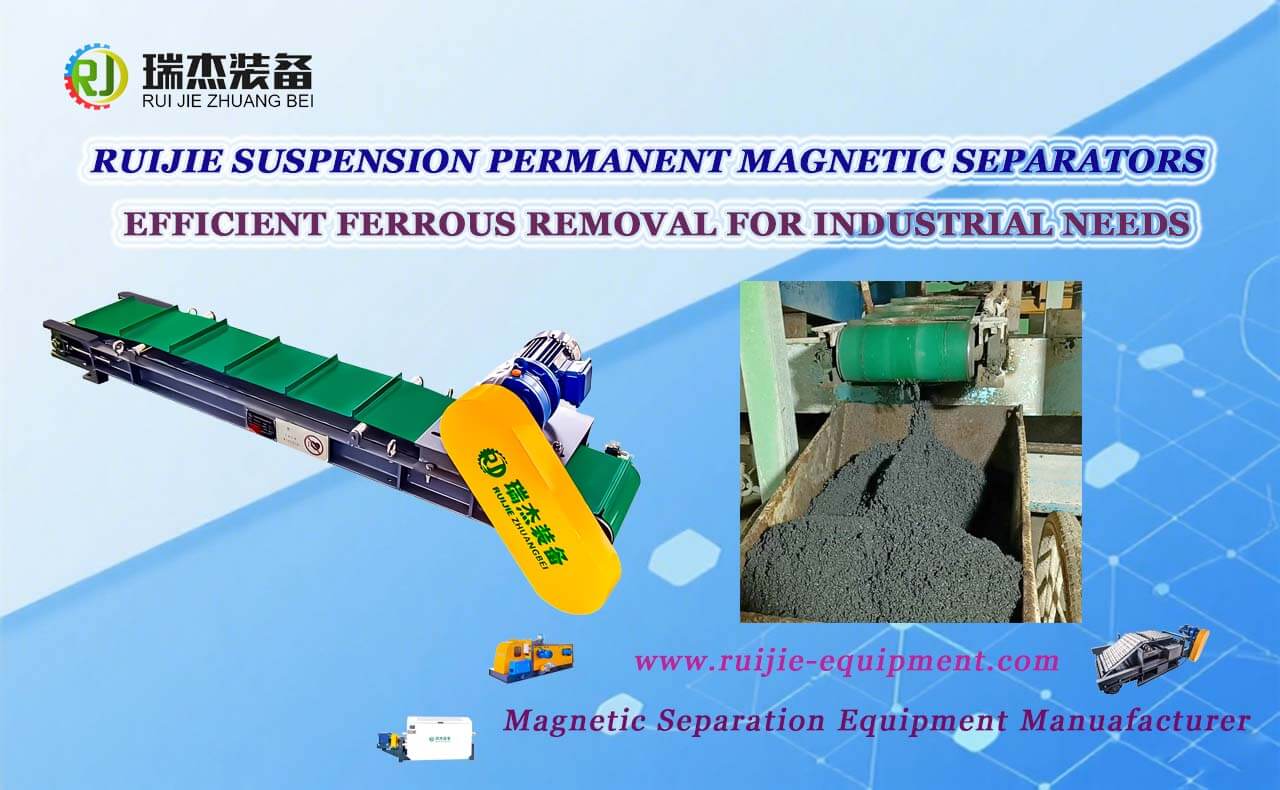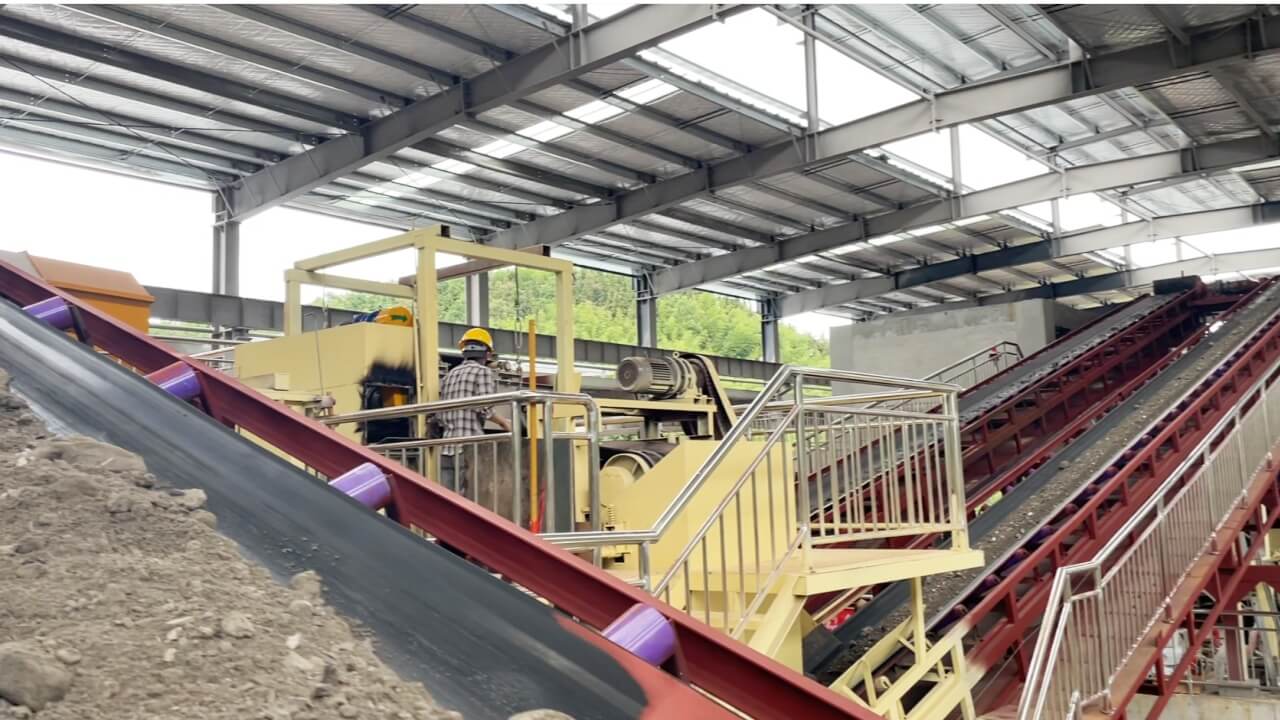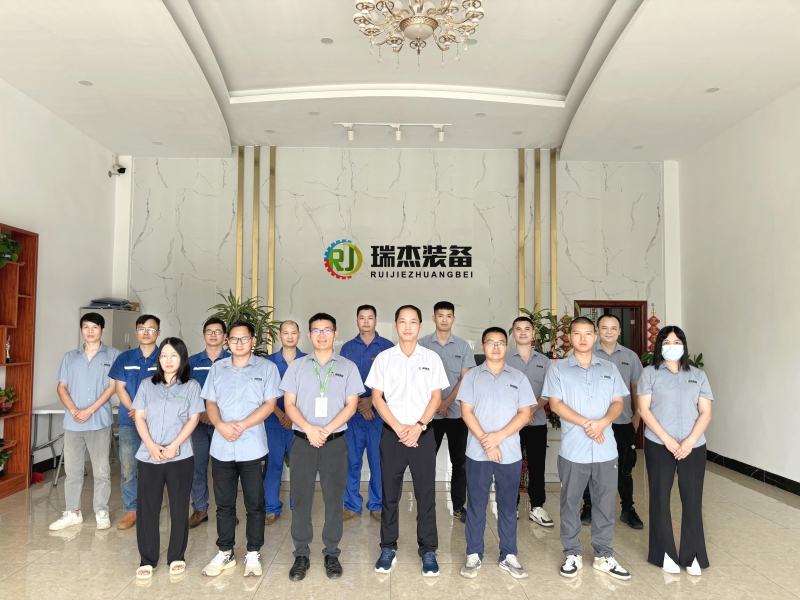Sichuan Yibin IBA (Incineration Bottom Ash) sorting project is an IBA Wet Sorting Production Line with processing capacity of 600T/8H, designed to turn incineration by – products into valuable resources. As Municipal Solid Waste generation surges, this project offers a practical solution to address both waste disposal and resource scarcity, highlighting the role of advanced sorting technology in sustainable development.
1. Resource Demands & Recycling Challenges
Global demand for metals—critical in manufacturing, construction, and electronics—continues to rise, pushing mineral resource depletion to alarming rates. Yet, a large portion of waste metals (sourced from domestic garbage, construction debris, and industrial scraps) remains under – recycled. Traditional waste handling methods exacerbate the problem: direct landfill contaminates soil and groundwater, while incineration, though reducing waste volume, leaves behind ash rich in reusable metals and sand that often goes to waste without proper processing.
2. The Solution: IBA Wet Sorting Line
2.1 Maximizing Resource Utilization
Our IBA wet sorting production line targets this gap by transforming incineration bottom ash into usable resources. Unlike manual sorting— which is time-consuming, labor-intensive, and yields low recovery rates—this automated line ensures efficient separation, turning “waste” into economic assets while minimizing environmental harm.
2.2 Core Metal Sorting Machines
At the heart of the IBA wet sorting line are specialized metal sorting machines:
- Eddy Current Separators: These machines use magnetic fields to separate non – ferrous metals (such as aluminum cans and copper wires) by size, ensuring high purity in the sorted output.
- Electromagnetic Magnetic Separators: including electromagnetic separator, up-suction magnetic separator, wet drum magnetic separator, permanent magnetic separators Together, they efficiently extract magnetic materials like iron and stainless steel, even from wet or fine ash particles, a task manual sorting cannot achieve reliably.
2.3 Sand Processing
Beyond metals, the line processes ash residue into high – quality sand. Crushers break down large ash clumps, sand washers remove impurities, and dewatering screens reduce moisture content—resulting in sand suitable for road base construction and eco – friendly brick manufacturing, replacing the need for mined sand.
3. Yibin Project Details
- Capacity: The line operates at a processing rate of 600 tons per 8 – hour shift, meeting the needs of Yibin’s municipal waste incineration plants.
- Timeline: From initial design and on – site construction,to equipment installation and debugging, the project was completed in just 3 months, a testament to streamlined project management and technical expertise.
- Customization: We tailored the metal sorting machines and auxiliary equipment to the client’s specific requirements—including handling ash with varying particle sizes and ensuring alignment with local waste composition—guaranteeing optimal performance. After rigorous on – site testing, the line was officially handed over and began full – scale operation smoothly.
4. Environmental & Economic Benefits
- Eco – friendly Impact: The line achieves an impressive over 95% metal recovery rate, with zero emissions and zero pollution throughout the process. It eliminates the need for ash landfill, reducing soil and water contamination risks significantly.
- Economic Value: By recycling metals, the project cuts reliance on newly mined ores, lowering raw material costs for local manufacturers. The recycled sand also provides a cost – effective alternative to natural sand, creating additional revenue streams for the client.
5. Company Strengths
Our company’s competitive edge lies in integrating R&D, production, installation, and debugging into a one – stop service. We don’t just supply equipment—we design solutions tailored to each client’s needs, ensuring reliability, high efficiency, and long – term profitability. This end – to – end approach has made us a trusted partner in the environmental recycling sector.
Conclusion
The Yibin IBA Wet Sorting Project is more than a single initiative; it’s a model for “waste – to – treasure” conversion. By leveraging advanced metal sorting machines and automated processing, it demonstrates how technology can address pressing environmental and resource challenges. As cities worldwide seek sustainable waste solutions, this project paves the way for wider adoption of IBA wet sorting technology, driving the shift toward a circular economy.

